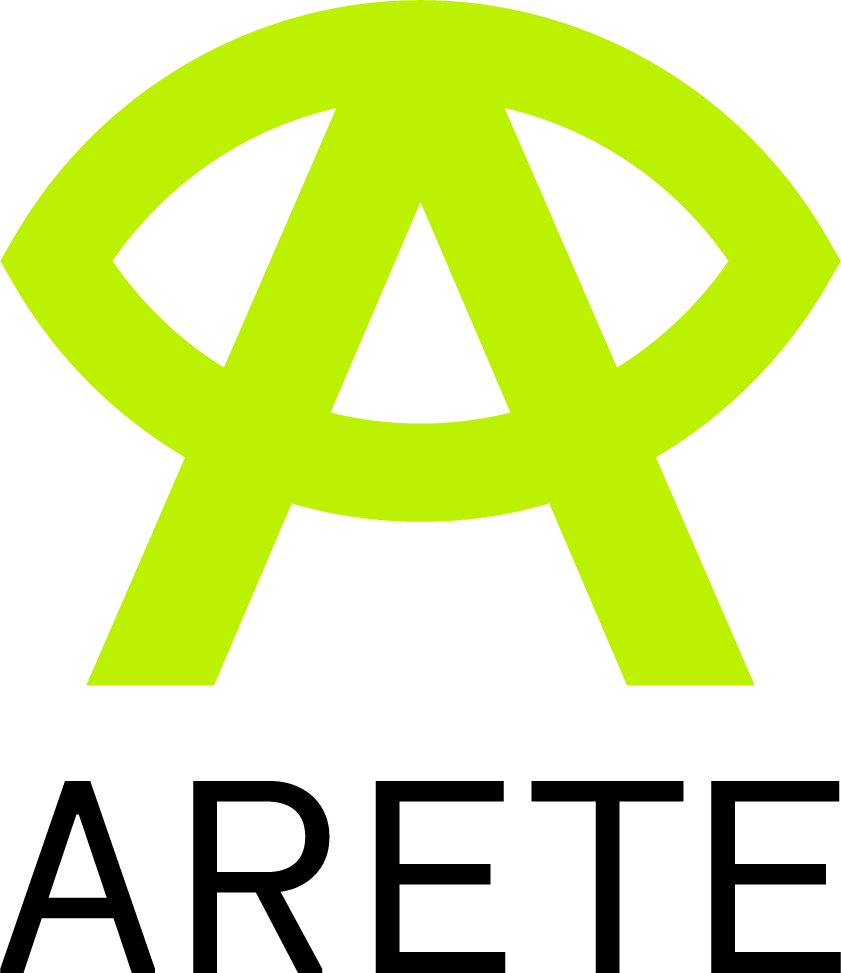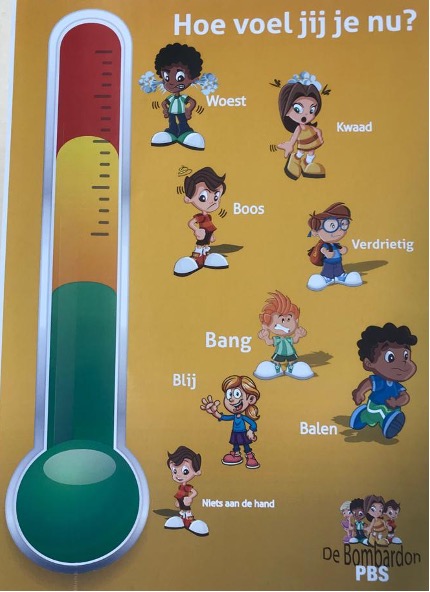How to make Augmented Reality effective for English language learning
A recent publication on iJET (International Journal of Emerging Technologies in Learning; Vol 15, No 12, 2020) analyses the perceptions of the teachers using Augmented Reality (AR) for language learning[1].
This article suggests that an obstacle to English language learning in countries where English is not the first language is the “lack of authentic situations outside of the classroom for practicing English communication skills”. In this context, the research by the University of Roehampton (London) and the Amsterdam University (Netherlands) explores the possible uses, benefits, and challenges that AR may present to the field of English language learning.
According to the conclusions they raised, AR is a valuable resource for learning in the classroom, since it motivates learners and results in positive levels of engagement. However, there are relevant challenges that need to be addressed, such as the requirement for the teacher to have the skills to integrate the AR applications into the conceptual units being learned.
In order to transform these potential benefits towards real novel learning mechanisms driven by AR, the AR community has to deeper develop an ecosystem on top of standards and a clear workflow with interoperable authoring tools that will facilitate the adoption of this kind of technologies. ETSI provides a valuable document with the AR standards landscape[2], a document which is well worth visiting.

[1] https://onlinejour.journals.publicknowledgeproject.org/index.php/i-jet/article/view/13499
[2] https://www.etsi.org/deliver/etsi_gr/ARF/001_099/001/01.01.01_60/gr_ARF001v010101p.pdf



